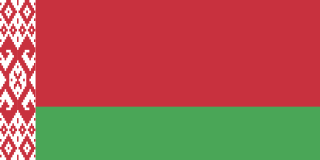
Visa and entry requirements Belarus:
Passport required
Visa required for travel durations of 5 days or more - visa costs 60 euros
Since February 12, 2017, a regulation for visa-free entry has been in effect for a period of up to five calendar days.
Information from the Foreign Office about your trip to Belarus:
http://www.auswaertiges-amt.de/DE/Laenderinformationen/00-SiHi/BelarusSicherheit.html?nn=332636?nnm=332636
Belarus, or Belarus, is a landlocked Eastern European country with around 9.6 million inhabitants. The country borders on Poland to the west, Ukraine to the south, Russia to the east, Latvia to the north and Lithuania to the northwest. The former Soviet republic of Belarus became independent in 1991 when the Soviet Union dissolved. The country's greatest extent from west to east is 650 kilometers, while the distance from north to south is only 560 kilometers.
Belarus is the largest landlocked country in Europe that lies entirely within Europe. The official national currency is the Belarusian ruble, where 1 euro is equivalent to around 2.50 BYR.
The country's largest cities include Minsk, Gomel, Mahilyow, Vitebsk, Grodna, Brest, Babruisk, Baranavichy, Barysau, Pinsk, Orsha and Mazyr. Around 85 % of the population are Belarusians, plus 8% Russians, 3% Poles and around 2% Ukrainians. The country's official languages are Belarusian and Russian, but almost 80% of residents use Russian as the dominant language. Belarus has so far been relatively undeveloped for international tourism. The country's most important tourist attraction is Minsk. The city has numerous cultural institutions, monuments and historical places.
The capital Minsk has almost two million inhabitants and is the largest city in Belarus. It is at the same time the political, economic and cultural center of the country.
The main sights of Minsk include the Orthodox Cathedral of the Holy Spirit, the Minsk City Hall, the Catholic Cathedral of the Name of the Virgin Mary, the Memorial Church of All Saints, October Square with the Palace of the Republic, Victory Square, Independence Square in the center of Minsk, the Lenin Prospect, the Yanka Kupala Theater, the Opera House, Independence Boulevard, the Red Church, the National Art Museum, the War History Museum, the Park of Stones, the Maxim Gorky National Theater, the Belarusian State Circus and the new Minsk Arena .
In June 2012, Minsk was the last stop on my big Baltic tour. I arrived in Minsk from Vilnius in a modern coach from Euro-Lines after a journey of around 4.5 hours. The border crossing between Lithuania and Belarus took a while because some passengers had to take out Belarusian health insurance right at the crossing, and of course I was there too. Otherwise, the bus ride through the sleepy Belarusian villages and the idyllic wooded landscape was very interesting.
The city of Minsk is very modern and spacious in the center, but is still typically old Russian outside. It was quite pleasant to explore the city alone on foot because all the attractions are in the immediate vicinity.
What was particularly striking was the high proportion of women in Minsk, whose height was also above average. I can't remember any city in the world where I have experienced this phenomenon so extreme. For this reason alone, I will always have fond memories of Minsk and Belarus.











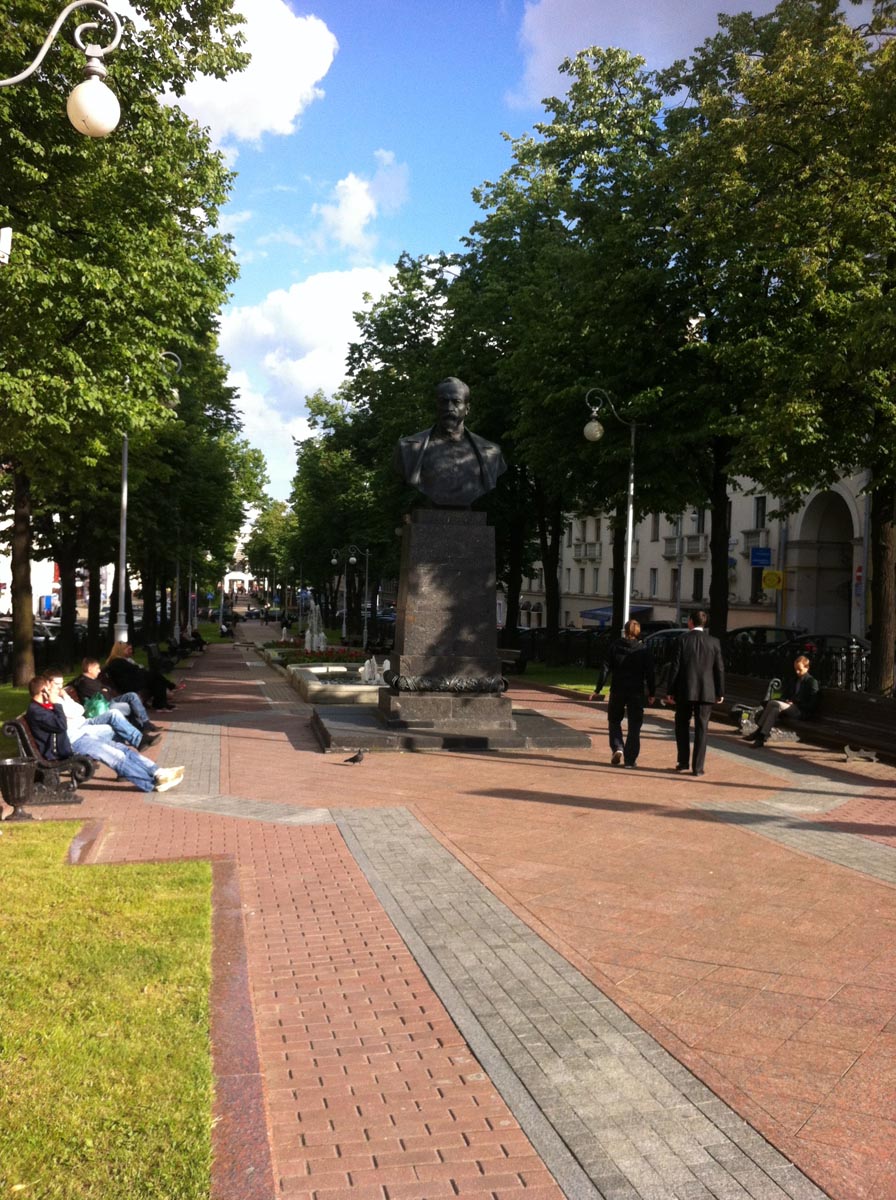
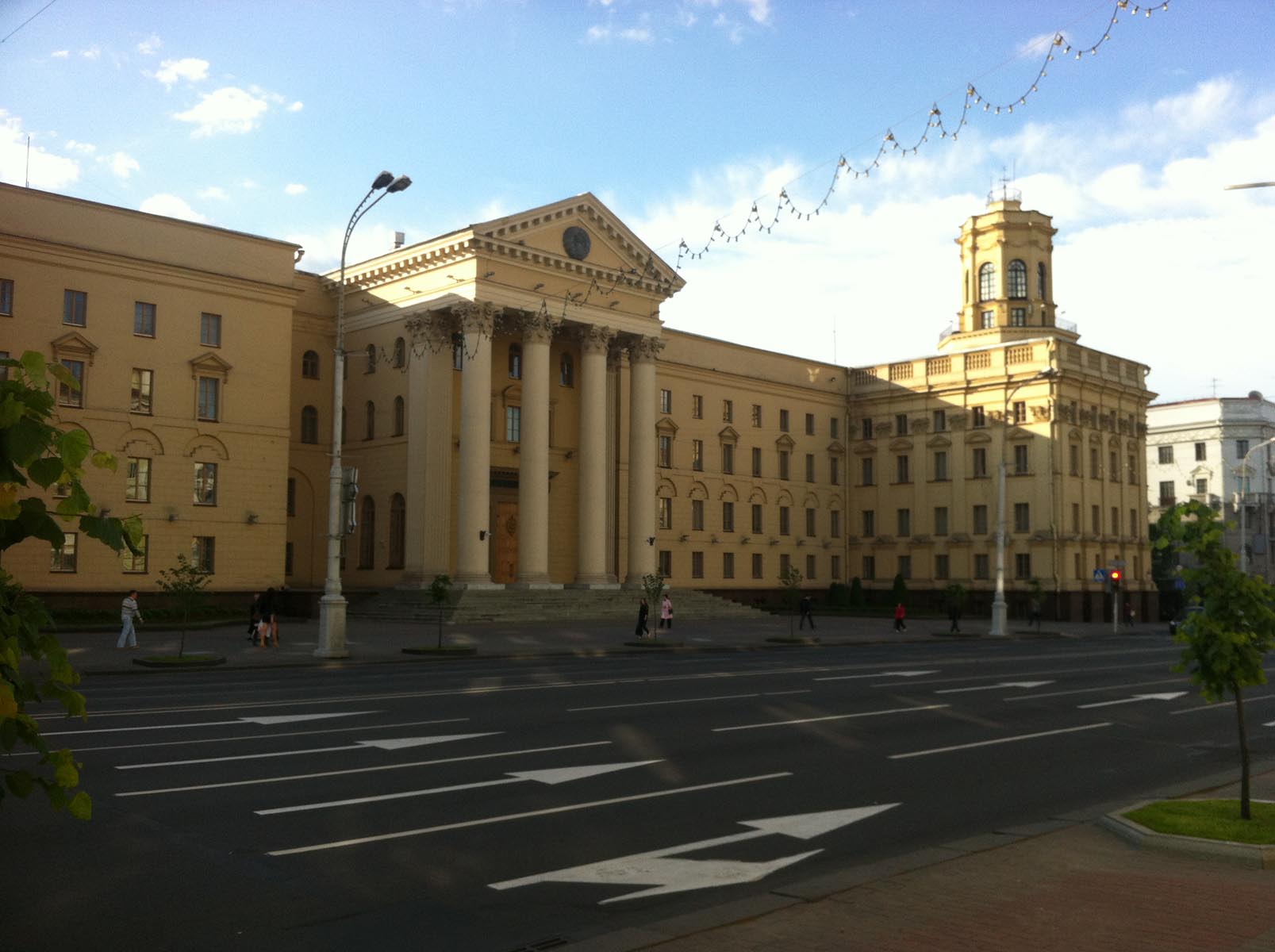




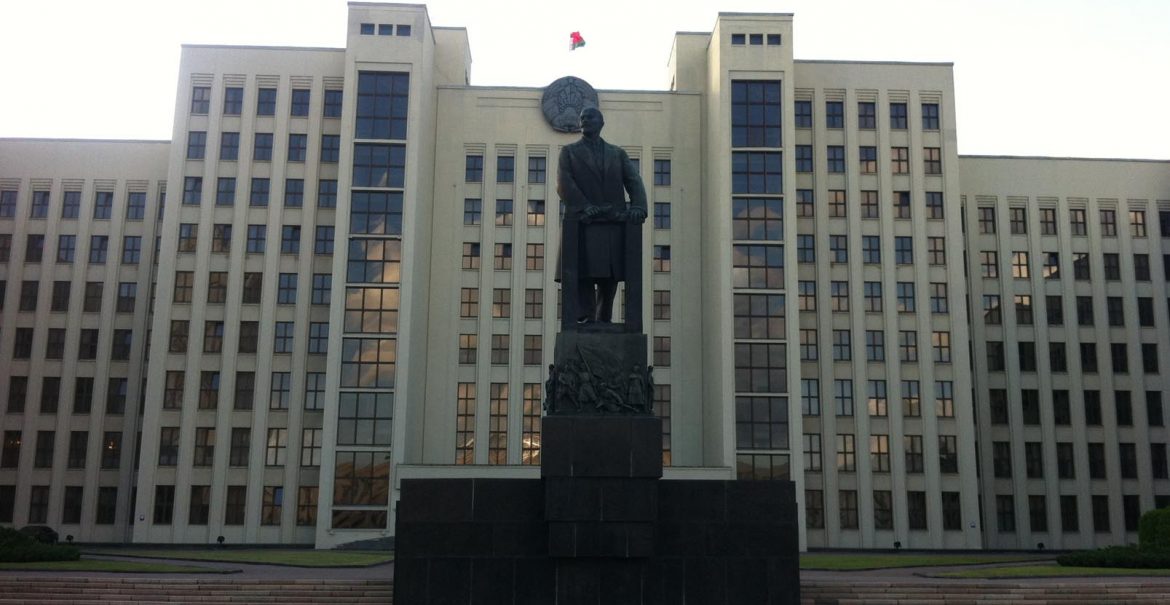
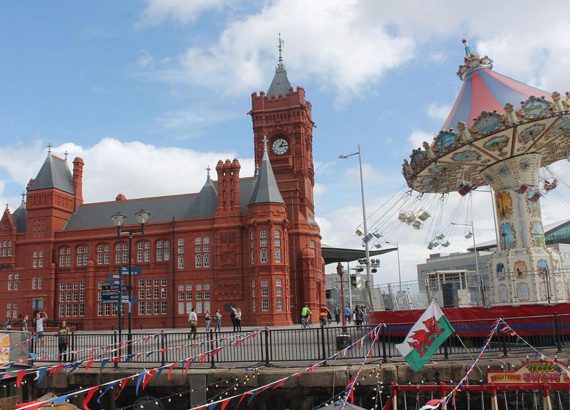
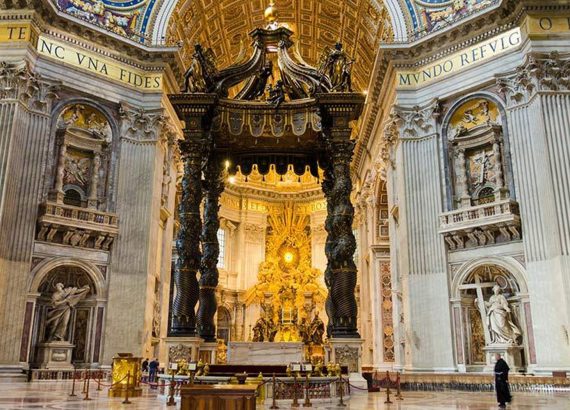
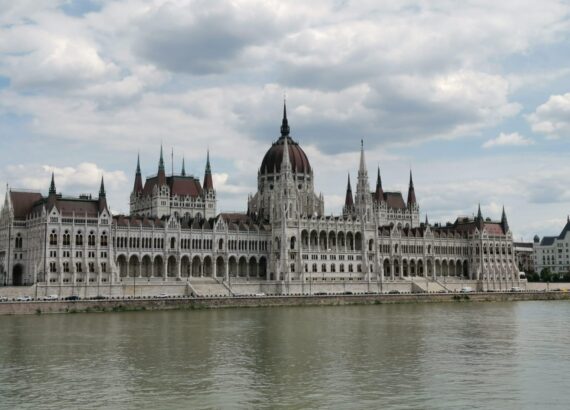
No Comments